For the second year in a row Shaun and Tommy went to the CRIOBE research station on the island of Moorea to work with Suzie Mills, Ricardo Beldade, and PhD student Daphne Cortese. This time they were also accompanied by Amelie Crespel. Once again the goal was to carryout a range of studies looking at how factors such as flow rate and anenome bleaching affect young clownfish. Thanks to all for an incredibly fun and productive trip!
Arriving by ferry in Moorea with equipment in tow.
Amelie and Daphne setting up respirometry chambers.
Measuring oxygen uptake in juvenile clownfish being exposed to bleached anenomes.
A juvenile clownfish in a swim tunnel.
Serious planning going on!

















